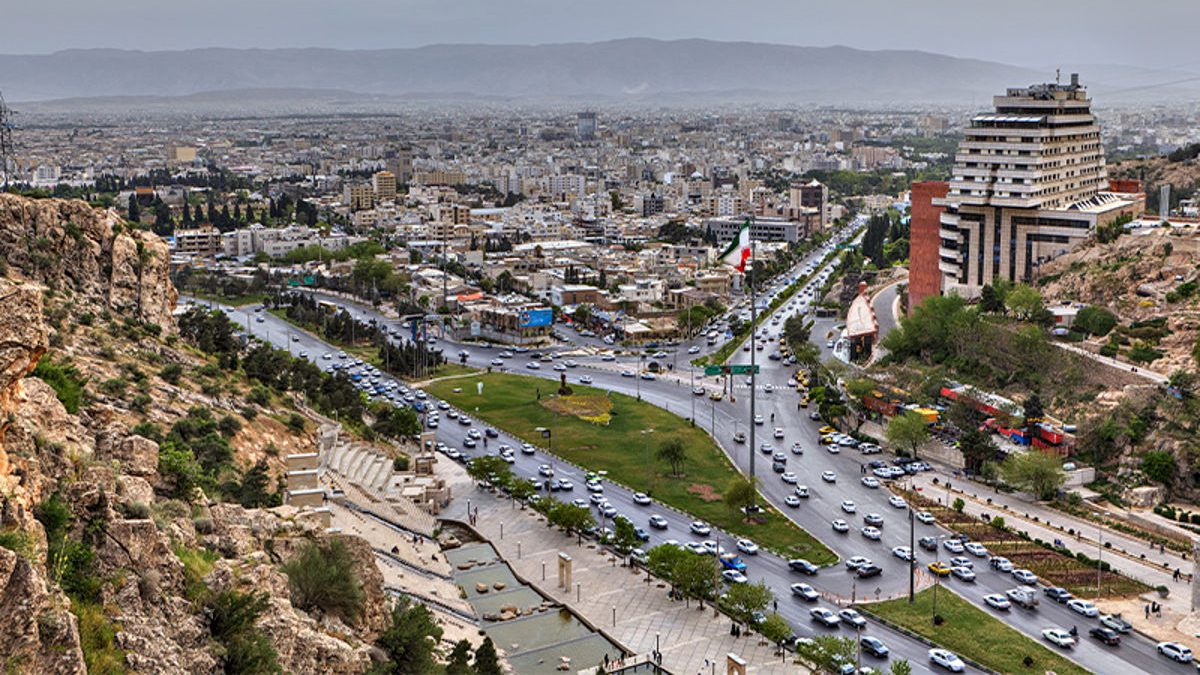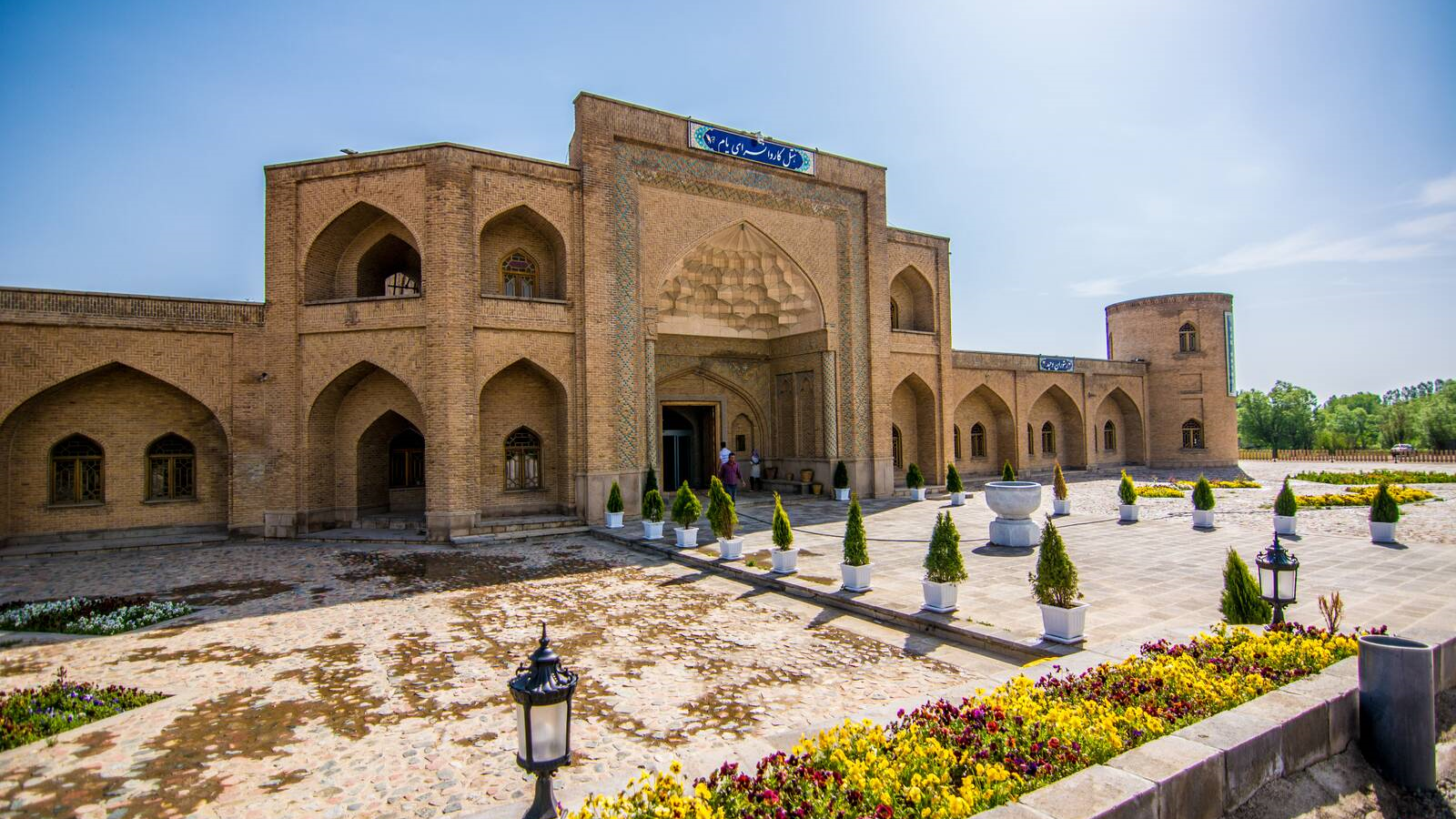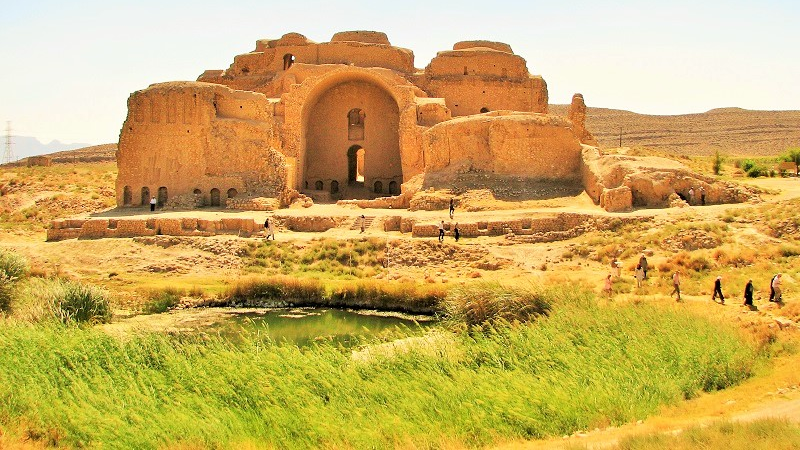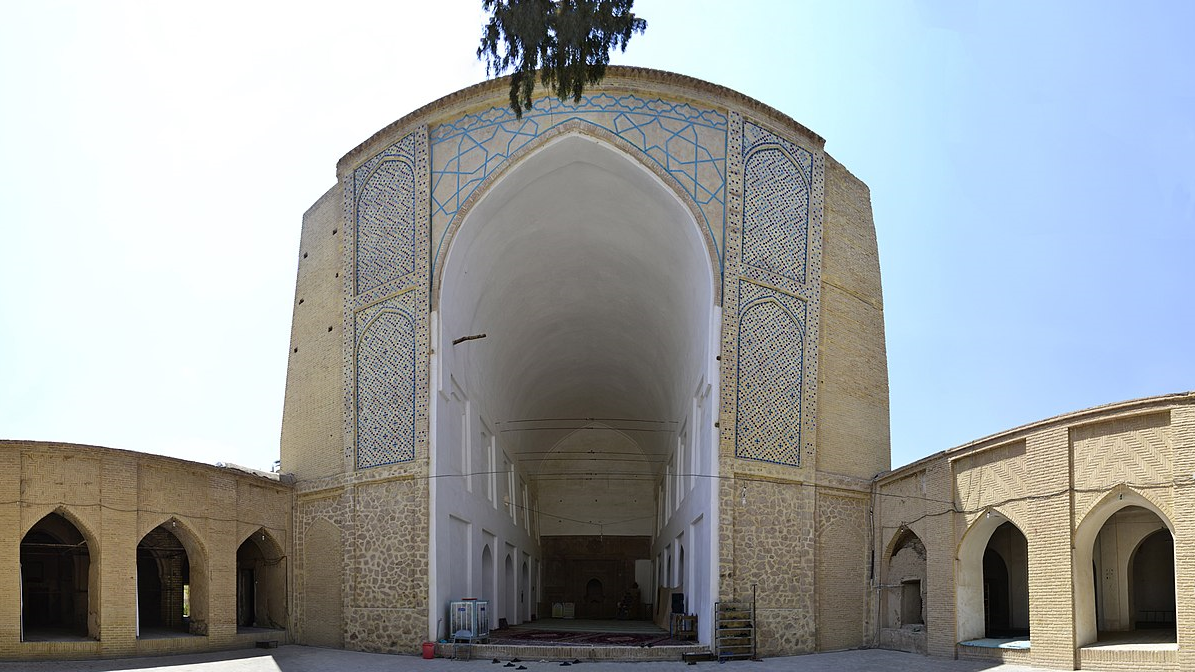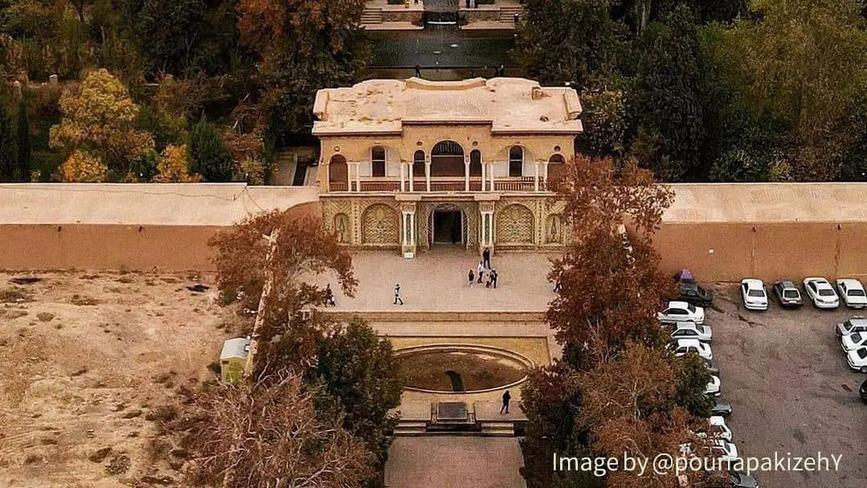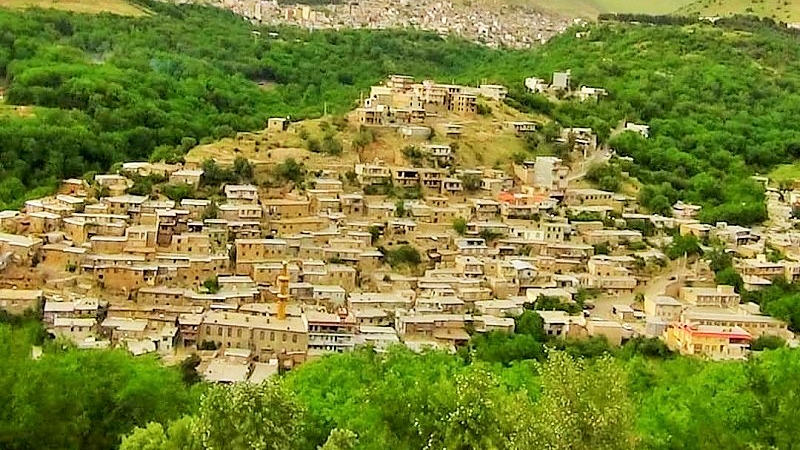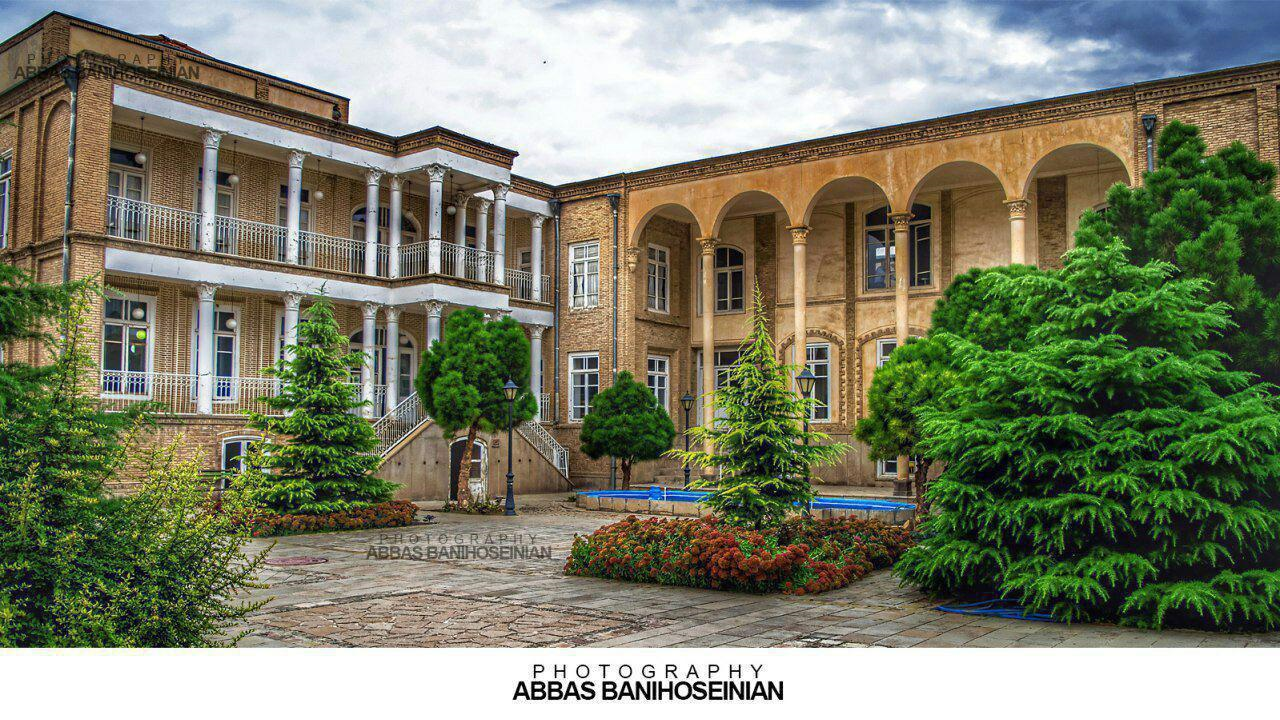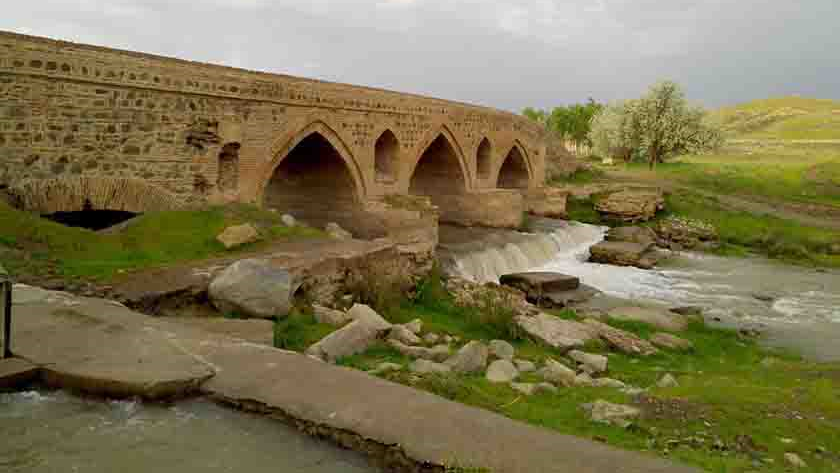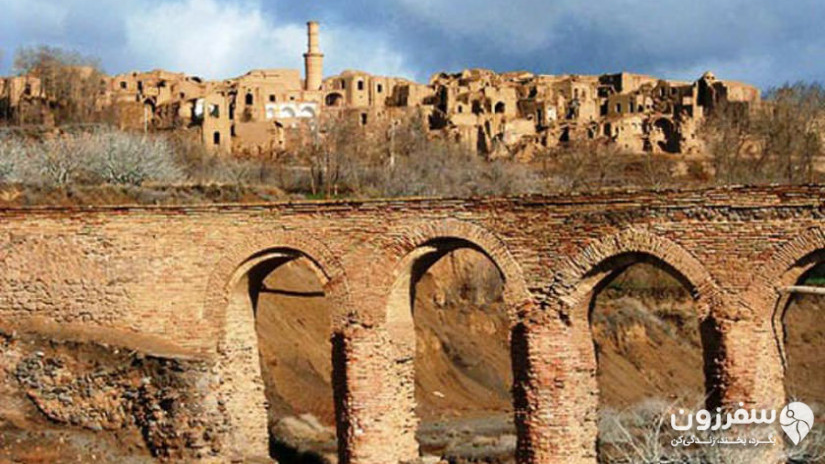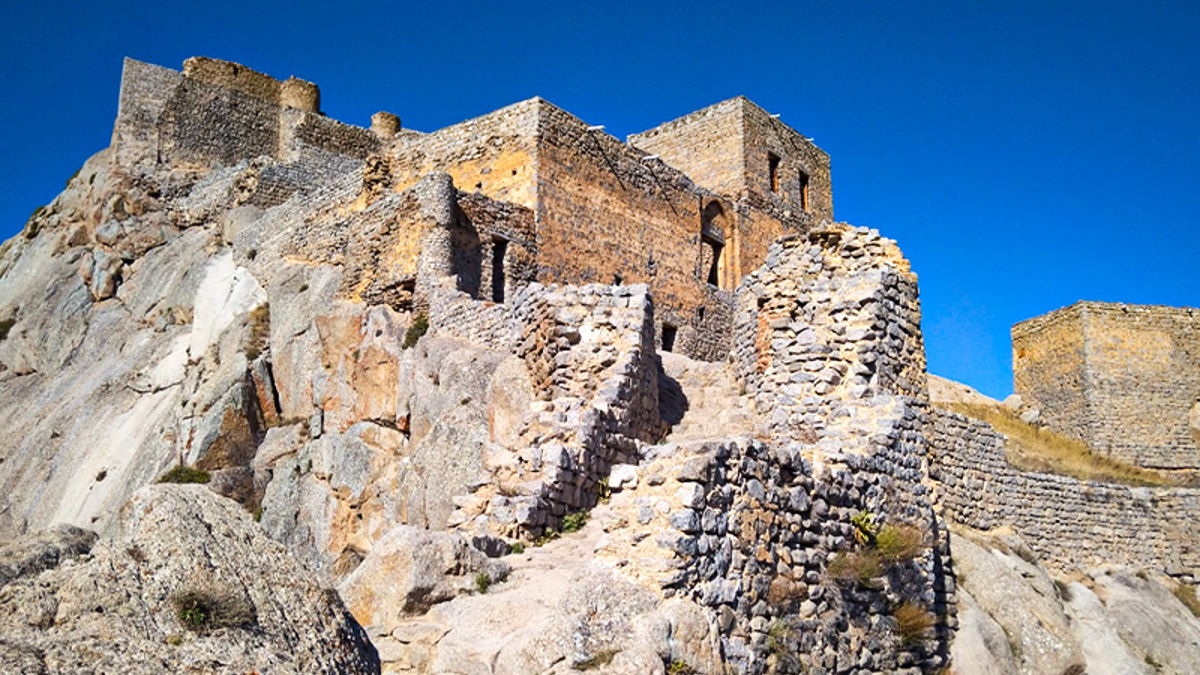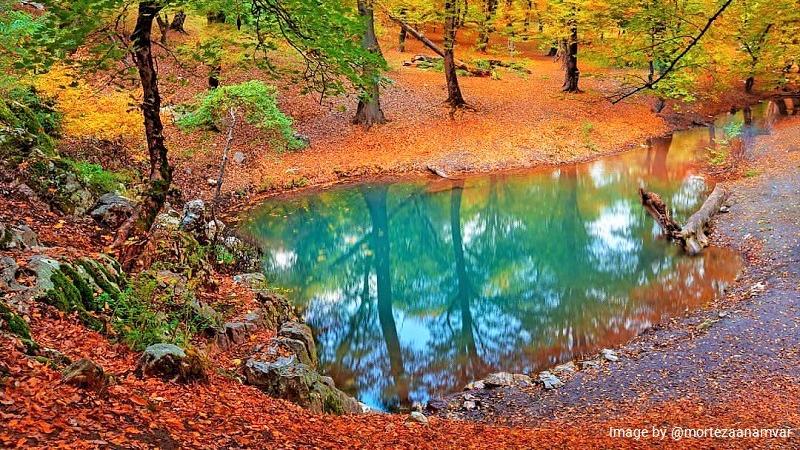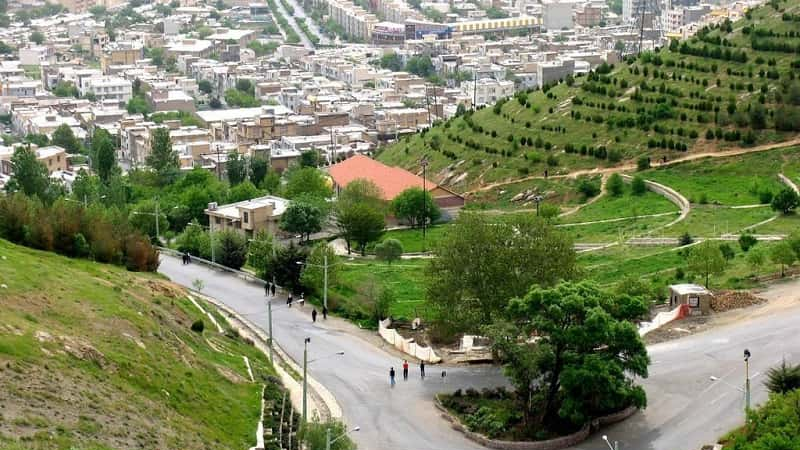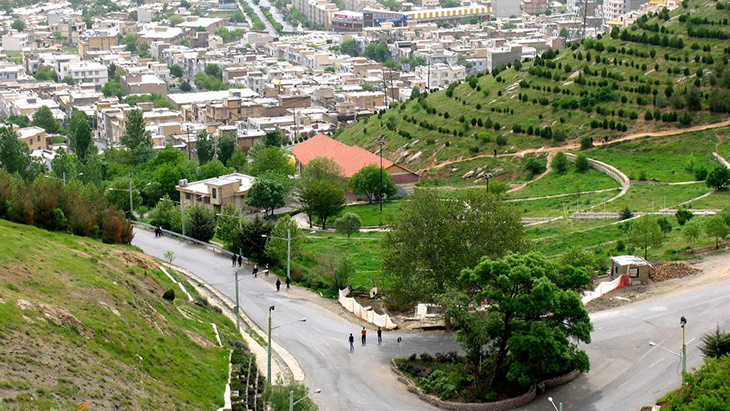
Biosphere Reserve of Arasbaran
Some areas of the world that are considered “biosphere reserves” are natural and biological protected areas of international importance. These areas are monitored by UNESCO to protect their flora and fauna. Because of its attractive landscapes and unique flora and fauna, the Biosphere Reserve of Arasbaran is one of the regions of Iran which is known as one of the 103 biosphere reserves of the world and 13 biosphere reserves located in Iran.
Features of the Biosphere Reserve of Arasbaran
Arasbaran mountainous region, also known as “Qarahdagh”, is located in the north of East Azarbaijan Province of Iran. The word “Qarah” means black in the Azari language, and according to some people, the reason for giving such a name to this region was the number of high mountains surrounding it. Arasbaran region shares borders with the Republic of Azerbaijan and Armenia from the north, and its area is more than 125 thousand hectares.
The height of the mountainous areas of Arasbaran above sea level fluctuates between 256 to 2896 meters. This change in altitude has been the cause of different climates in different regions. Different vegetation can be seen throughout Arasbaran, which includes grasslands, semi-arid plains, pastures, marshes, and wetlands. Arasbaran Heights is the source of numerous streams that eventually flow into the Aras River.
There are more than 50 villages in the Arasbaran region, and the nomadic population of this region is also significant. The nomadic population of the Arsbaran region mostly engage in animal husbandry and follow the Shiite School of Thought. “Aashiq” music, which is one of the local music styles of Iran, is very popular among the Arasbaran nomads who are famous for bravery and courage. During the Iran-Russia wars that occurred during the Qajar era (19th century), nomads of this region formed a large part of the Iranian troops.
Flora and Fauna of the Biosphere Reserve of Arasbaran
The southern parts of the region are mainly covered with pasture and the northern parts, with an altitude that varies from 800 to 2200 meters, are covered with forests.
Among about 2400 plant species known in East Azarbaijan Province, 1400 species exist in Arasbaran forests. Among these, 250 species are formed by mushrooms, and about a thousand species have survived since the Ice Age. 220 species of birds, 38 species of reptiles, five species of amphibians, 48 species of mammals, and 22 species of fish make up the total number of fauna living in the Arasbaran Biosphere Reserve.
With its long horns, the red deer is one of the most beautiful mammals of the region.
Tourist Attractions of the Biosphere Reserve of Arasbaran
Babak Castle and Makidi and Aynalu Valleys are the three main tourist areas in the Arasbaran region. All three areas are located on the road from Kalibar to Asheqlu. The shrine of Baba Saifuddin, located near the Garmanab Village, is also one of the tourist attractions of this region. There are many hot springs in this region whose water has healing properties. These springs have turned Kalibar County into the largest hydrotherapy complex in Iran and are one of the main tourist attractions of the region.
The other tourist attractions of this region include Kalibar Castle - also known as Babak Castle - Kemesh Castle, which is located 10 kilometers south of Kalibar and is probably related to the Parthian period (247 BC to 224 AD), Pashtou or Pashtab Castle with an altitude of more than two thousand meters above sea level, Avarsin Castle, Kalibar Jame’ Mosque, and Shah Qasim’s Tomb, located 50 kilometers from Kalibar.
There are some famous old trees in this area including the 500-year-old plane tree in Kavanaq Village, which is quite lively and has a diameter of about three meters, the cypress tree of Sowmaeh Village cemetery with a twisted and attractive trunk, the oak tree of Cheriq Village, and the old plane trees of Shah Haider, Makidi, and Tu Ali-ye Sofla villages.
| Name | Biosphere Reserve of Arasbaran |
| Country | Iran |
| State | East Azerbaijan |
| City | Kalibar |
| Type | Natural |
| Registration | National |

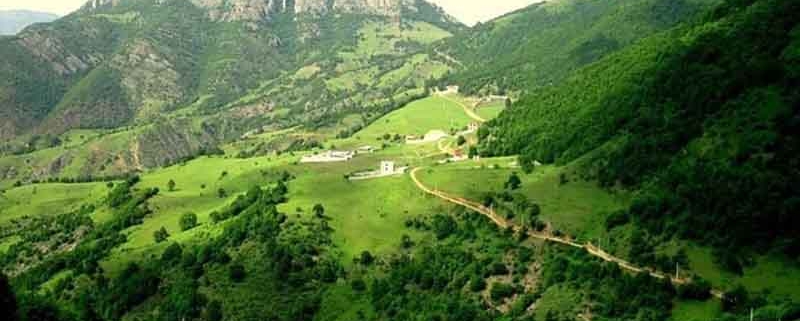

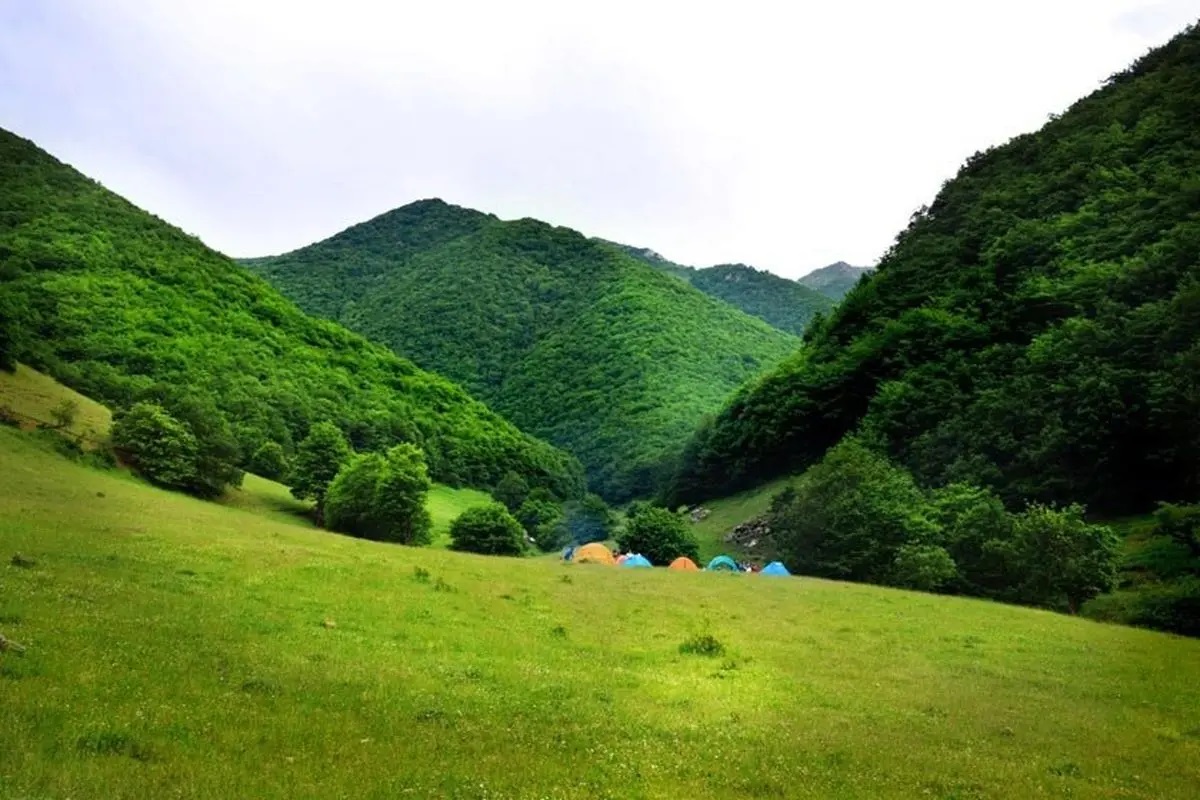




Choose blindless
Red blindless Green blindless Blue blindless Red hard to see Green hard to see Blue hard to see Monochrome Special MonochromeFont size change:
Change word spacing:
Change line height:
Change mouse type:
